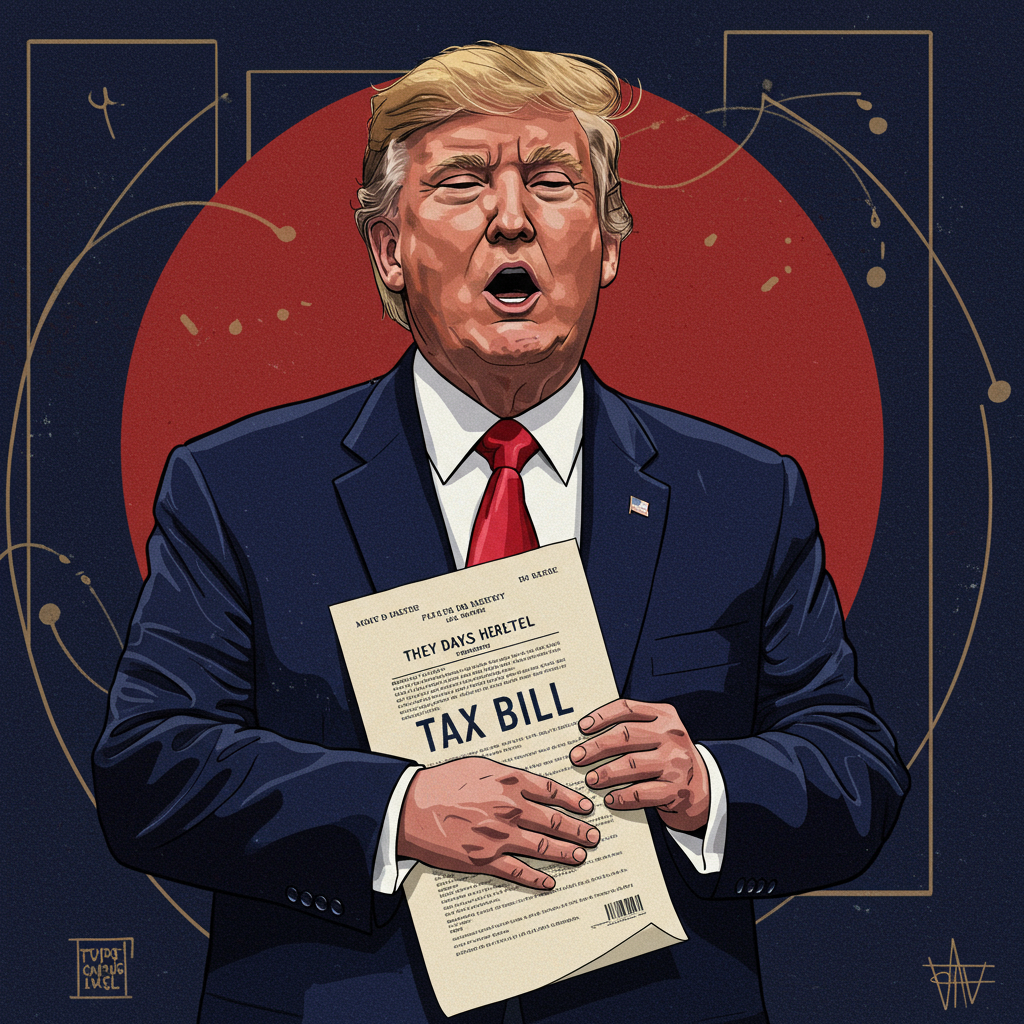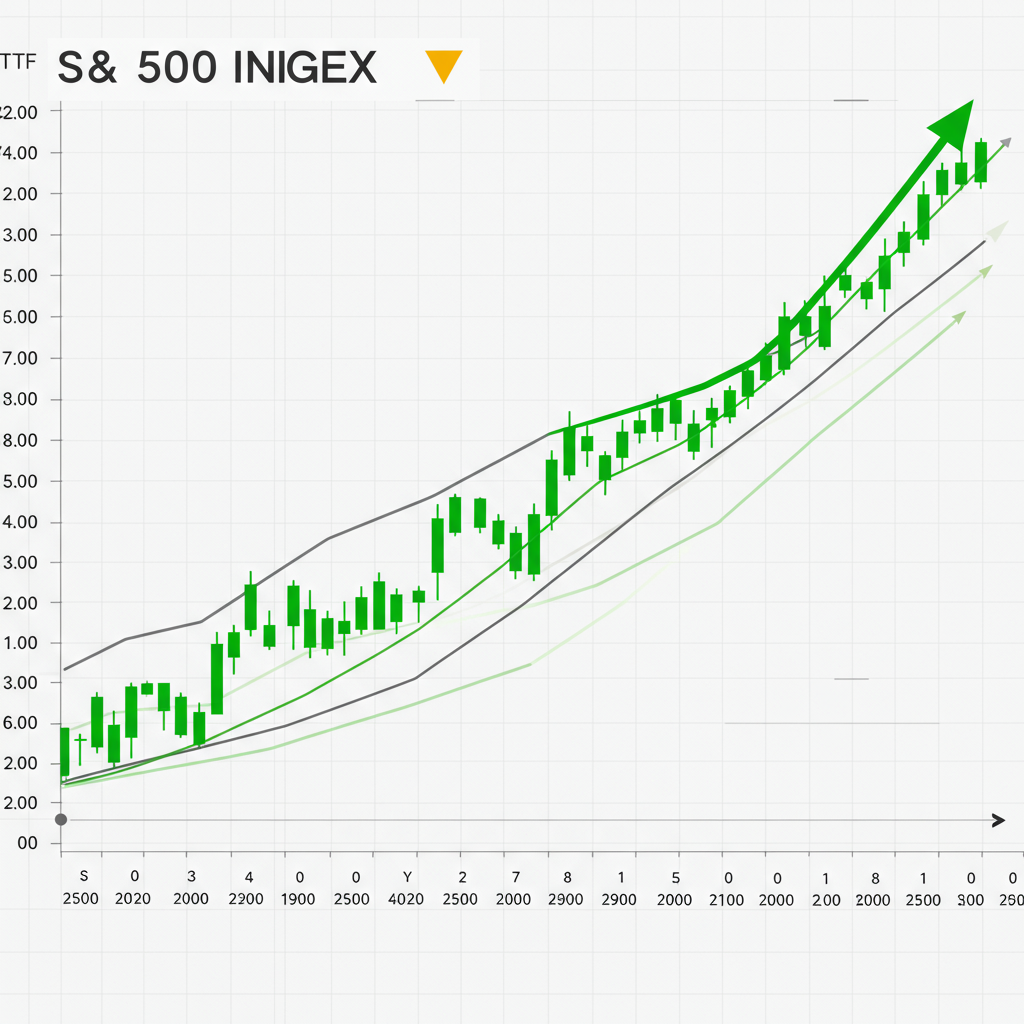A pivotal Alaska summit between President Donald Trump and President Vladimir Putin dramatically reshaped U.S.-Russian relations, signaling a significant policy shift that left Russia claiming a diplomatic victory. This high-stakes meeting saw the United States reportedly abandon its firm demand for an immediate ceasefire in Ukraine. For Moscow, this outcome marked a turning point, perceived as a green light for continued military action without immediate U.S. sanctions and increasing pressure on Kyiv.
Russian officials and state commentators openly celebrated the unusually warm reception Trump extended to Putin. They viewed it as a strategic opening to potentially distance America from its traditional European allies. An influential Russian senator, Andrei Klishas, remarked after the summit that “A new European and international security architecture is on the agenda and everyone must accept it.” This statement underscored Russia’s ambition for a global realignment.
Trump’s Policy Pivot and Moscow’s Strategic Gains
Within hours of the Alaska meeting, President Trump reportedly discarded his previous stance, which aligned with Ukraine and Europe, that a full cessation of hostilities was essential before negotiating a peace agreement. This strategic pivot enabled Russia to continue its military operations, minimizing the immediate risk of further U.S. sanctions. It also placed immense pressure on Ukrainian President Volodymyr Zelenskyy to consider Russian terms or endure open-ended attacks.
Sources close to the matter revealed that after the summit, Trump informed Zelenskyy and European leaders that Putin had demanded Ukraine cede all of Donbas, including the Luhansk and Donetsk regions, along with other occupied territories. Trump communicated his shift from insisting on a ceasefire to focusing on a comprehensive peace deal. This conversation occurred first with Zelenskyy, then with European leaders joining the call.
The Donbas Ultimatum and Ukraine’s Firm Resistance
Military analysts confirm that Russia does not fully control the strategically vital Donetsk region, approximately 3,500 square miles, critical for Ukraine’s defense capabilities against future Russian aggression. Despite this, President Trump reportedly relayed Putin’s promise to end the war and refrain from future conflicts if Ukraine surrendered Donbas and other seized territories. Zelenskyy, however, remains resolute, unwilling to relinquish any more land. This sets the stage for a potentially difficult confrontation, as Trump reportedly seeks a rapid resolution.
Kyiv firmly maintains that ceding additional territory to Putin would violate Ukraine’s constitution. Ukrainian officials also argue it would embolden Russia to plan further aggressions against the rest of Ukraine. Ukrainian troops, despite diplomatic efforts, reported advances on the northeastern Sumy front, pushing up to 2 kilometers. Kyiv’s General Staff affirmed their ongoing “active operations aimed at liberating Ukrainian land.”
Europe’s Uneasy Alliance and Security Concerns
The call to inform Zelenskyy and European leaders about the summit, which included high-ranking U.S. and European officials, was reportedly more tense than previous discussions. This reflected a growing apprehension among allies. In a further blow to Kyiv, the Kremlin later cast doubt on one of the summit’s few publicly stated outcomes: Trump’s promise of a three-way meeting involving Trump, Putin, and Zelenskyy. Senior Putin aide Yuri Ushakov denied such a meeting was discussed, despite Trump’s earlier remarks. The Kremlin has consistently resisted meeting with Zelenskyy until the very late stages of peace negotiations.
A single bright spot for European leaders, however, emerged from the discussions: continued American commitment to some form of security guarantees for Ukraine post-agreement. Italian Prime Minister Giorgia Meloni stated that the discussions included “credible and robust” security guarantees. While these guarantees would exist outside NATO, they would be equivalent to NATO’s Article 5 on collective defense, implying collective action in the event of an attack. Nordic-Baltic nations collectively affirmed their “steadfast” support for Ukraine. They stressed that achieving peace necessitates both a ceasefire and security guarantees, welcoming Trump’s commitment to U.S. participation. These nations also emphasized that Russia has “no veto over Ukraine’s pathway to the EU and NATO.” German Chancellor Friedrich Merz also viewed the U.S. readiness for security guarantees as “good news,” advocating for a swift three-way meeting to reach a peace agreement, which he believed would be “worth more than a ceasefire.”
Russia’s Grand Strategy and Future Outlook
Russian officials and commentators saw the summit’s results extending far beyond the conflict in Ukraine. They interpreted it as a monumental global realignment, bringing together the world’s two leading nuclear powers. Dmitry Medvedev, Deputy Secretary of the Russian Security Council, listed several Russian achievements. He highlighted the restoration of a “full-fledged mechanism of meetings” between Russia and the United States at the highest level, characterized by “calm, without ultimatums and threats.” He celebrated Putin’s ability to hold ground while Trump reportedly eased pressure on Moscow, allowing Russia to continue its military operation.
Medvedev asserted that the meeting proved “negotiations are possible without preconditions and at the same time with the continuation of the special military operation.” He pointed to the Kremlin’s most significant achievement: both sides explicitly placed the responsibility for achieving future results in negotiations “squarely” on Kyiv and Europe.
The “Root Causes” Narrative and Putin’s Leverage
President Trump appeared swayed by the Kremlin’s argument that only a comprehensive peace deal was acceptable. This aligns with Putin’s long-standing strategy to delay efforts to halt fighting, citing the complexity and nuance involved in such negotiations. Russia analyst Tatiana Stanovaya noted that Putin succeeded in persuading Trump that any attempt at a prompt, unconditional ceasefire would fail. This also indicated Putin had convinced Trump of the need to address what Russia terms the “root causes” of the war. For the Kremlin, this phrase implies demilitarizing Ukraine, altering its political landscape, and even renegotiating Europe’s security architecture.
The Kremlin, skillfully leveraging Russia’s nuclear capabilities and its Cold War superpower legacy, appears to have convinced Trump that Ukraine cannot win a war against a nuclear power. Stanovaya emphasized Putin’s highlighting of Russia’s nuclear strength, which made a strong impression on Trump. Despite Western sanctions, Russia’s economy has shown remarkable resilience, growing over 4% in each of the past two years, which further reduces Putin’s incentive for immediate compromise.
Geopolitical Repercussions and Path to Peace
Norwegian Foreign Minister Espen Barth Eide cautioned that Putin’s demand to address “root causes” was “code for the Russian justification for the illegal invasion of Ukraine,” urging increased pressure on Russia. He warned against Russia’s attempts to divide Europe and the United States, stressing the need for allied unity. Kaja Kallas, the European Commission foreign policy chief, observed that Russia shows “no intention of ending this war anytime soon” and affirmed that “European security is not up for negotiation.”
One of Putin’s significant gains from the summit included deferring tough new U.S. sanctions that could impede his war efforts and mending his strained relationship with Trump. Trump later told Fox News that his relationship with Putin was “fantastic,” stating sanctions were unnecessary at that moment. Pro-Kremlin commentator Sergei Markov saw Trump moving closer to Putin, citing their “good friendly relations” and mutual respect. While sanctions were not lifted, he saw a “qualitative transition” in relations.
Despite these perceived gains, Putin faces domestic pressures to conclude the war. High Russian casualties, a declining economy, massive war spending, and corporate bankruptcies due to high interest rates are taking a toll. Both Russian elites and the general population show signs of weariness. Stanovaya acknowledged Putin’s need to end the war due to these pressures but emphasized his unwillingness to compromise on his conditions.
European leaders and Kyiv were cautiously relieved that Trump did not appear to immediately force a deal involving Ukrainian territorial concessions. Former Swedish Prime Minister Carl Bildt remarked that the best thing to say about the meeting from Europe’s perspective was “it could have been even worse.” He credited “combined European efforts” for blocking any deal made over Ukraine’s head. However, Bildt also suggested Trump suffered a “distinct setback” as Putin once more sidestepped the demanded full ceasefire, leading to a perception of “a weak and wobbling America” globally.
Frequently Asked Questions
What was the primary outcome of the Trump-Putin summit for Ukraine?
The primary outcome of the summit was President Trump’s reported shift from demanding an immediate ceasefire in Ukraine to prioritizing negotiations for a comprehensive peace deal. This move was widely interpreted in Russia as a diplomatic victory, effectively removing a key U.S. precondition for talks and increasing pressure on Ukrainian President Zelenskyy to accept Russian terms without a halt in fighting.
How did European leaders react to the summit’s results?
European leaders had mixed reactions. While some expressed relief that no immediate deal forcing Ukrainian territorial concessions was made, they also noted tensions in calls with Trump. Many viewed Trump’s policy shift as a setback for Western unity and a sign of a “weak and wobbling America.” However, they welcomed the U.S. commitment to providing “credible and robust” security guarantees for Ukraine post-agreement, even if outside NATO’s formal structure.
Why might Russia be unwilling to agree to an immediate ceasefire in Ukraine?
Russia appears unwilling to agree to an immediate ceasefire primarily because it sees itself making “grinding progress” on the battlefield. President Putin’s strategy centers on addressing the “root causes” of the conflict, which includes demilitarizing Ukraine and potentially reshaping European security. Given the Russian economy’s resilience to sanctions and flagging Western support for Ukraine, Putin perceives little incentive to compromise, viewing his readiness to talk as a tactic to exert pressure on Kyiv.
The Alaska summit underscored the deep geopolitical fault lines surrounding the Ukraine conflict. It highlighted Russia’s strategic maneuvering to gain diplomatic leverage and reshape global security dialogues. While internal pressures persist for all parties, the path to a lasting peace remains complex, requiring sustained international cooperation, strategic clarity, and a nuanced approach to leverage and diplomacy.


